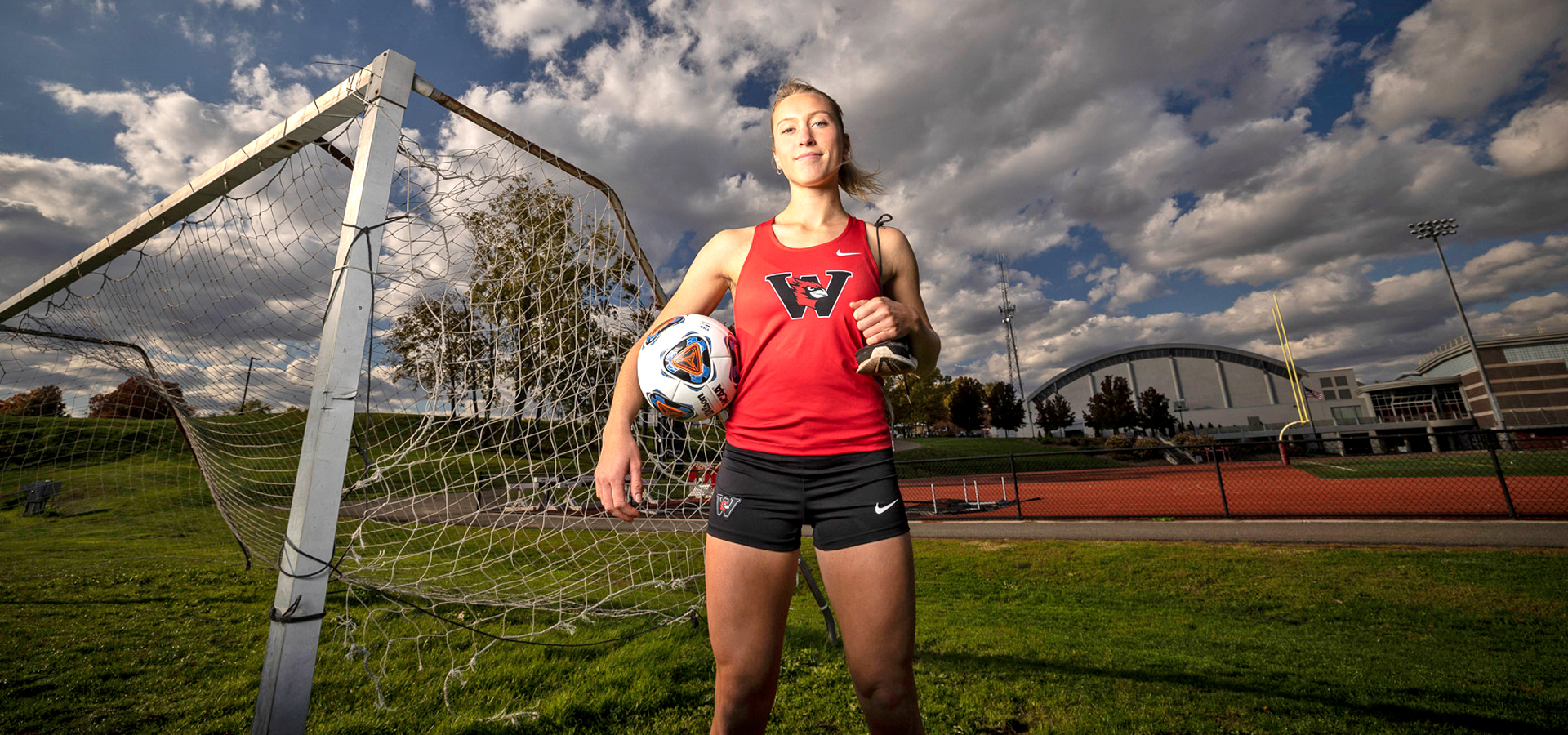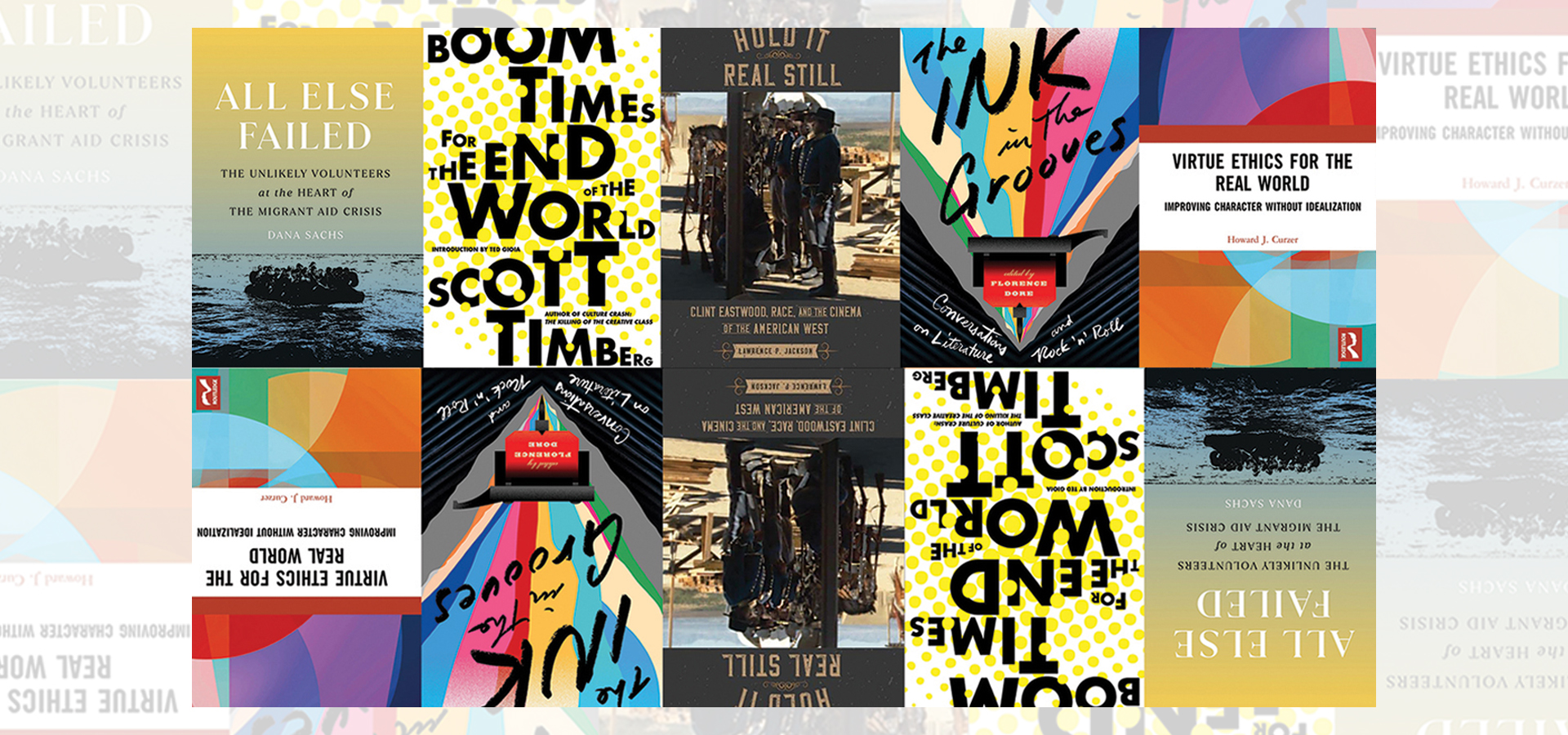The Evolution of Project No Red Zone

Emma Austin ’19 and Keishan Christophe ’19 describe their blueprint for educating the Wesleyan campus community on sexual assault and violence, and their hope for continued progress
The “red zone” is a period during the first six weeks of school when students are most vulnerable to sexual assault and violence. It is a critical time.
The problem is, not everyone is aware of it. Rebecca Hutman ’17 and Lizzie Shackney ’17 launched Project No Red Zone three years ago to help change that. They began by focusing on bystander intervention training, a process by which community members are educated on ways they can identify and interrupt certain behaviors that are known to lead to sexual violence. Thanks to their successful efforts, most Wesleyan juniors and seniors have now been through this training.
As we thought about how to build on that strong foundation this year, our plan was aimed at making our impression even greater. Our goal was straightforward―at the end of the first six weeks of school, every student should know what the red zone is, be aware of various sexual assault resources, and be committed to strengthening a culture of consent on Wesleyan’s campus. We hoped to catalyze a widespread, community-based grassroots movement.
Our first step was to assess what approach would reach the greatest number of people and achieve the highest impact. We opted for a community-based method focusing on student groups. Over the summer, we contacted student group leaders, asking them to get involved with our campaign and to present at the annual Student Groups Fair. During the first week of school, we personally connected with over 200 interested groups. The ask was simple: Attend one of our Beyond Bystander trainings and use our information sheets to educate other group members about the red zone. We believed focusing on student groups would have a twofold effect of raising awareness across different types of students and interests, and empowering students to engage with our programming facilitated by their own mentors and friends.
Fortunately for us, student groups stepped up to the plate. Just to name a few, the Film Series showed Eighth Grade, a powerful coming-of-age film that addresses themes of teen sexuality and consent, in collaboration with Project No Red Zone. WESU, the Wesleyan radio station, helped us record a PSA that broadcasts not only on their station, but also on Hartford Public Radio. We were also able to give a presentation to the leaders of all of the sports teams.
However, our biggest victory was that members of every Greek organization attended a Greek-wide Title IX forum and signed a pledge condemning sexual assault and violence. In addition, we asked every group to dedicate one meeting to holding a space to discuss consent. The materials we provided equipped student group leaders with the tools to facilitate this tough conversation and destigmatize talking about sexual assault and violence, as well as communication and consent.
Another crucial objective was helping students gain hard skills for understanding the landscape of Title IX—a federal civil rights law banning discrimination on the basis of sex—at Wesleyan. To this end, we developed “Beyond Bystander” trainings. These trainings complement bystander intervention training by covering different Title IX–related material to deepen our knowledge of sexual assault and violence. Trainings included: Supporting Survivors 101, The History of Title IX at Wesleyan, Title IX Process Advisor, and Intimate Partner Violence and Stalking. With the help of Johanna DeBari, the director of the Office of Survivor Advocacy and Community Education (SACE), and Rachele Merliss, the SACE intern, along with several others, we were able to hold a training every week. Other educational and collaborative events included a Consent Mixer, a Safe and Fun Parties workshop, and a Blacklight Consent party. With three to four events every week reaching all corners of campus, Project No Red Zone was hard to miss.
As we now reflect on all of the wonderful events and conversations we had in the six weeks, we can confidently say we see the impact of Project No Red Zone. On a smaller scale, Facebook invites for social events include consent-based language, as well as a section that lists the names and numbers of people to call if anyone feels uncomfortable. Survivor support options are posted in many social event spaces, and a few organizations started using specially designated glow-up armbands, which students wear to visually identify themselves as “safe people” who can provide help to anyone who feels uncomfortable or needs assistance.
On a larger scale, we’re also starting to see a tangible shift in the openness of campus to discuss sexual assault and violence, as well as actively cultivating a culture of consent. The teamwork of various student groups, administrators, and dedicated individuals allowed us to expand our reach to as many people as we could through intentional outreach. Our grassroots method helped connect people from all parts of campus to unite together to fight against sexual assault and violence.
Interim Vice President for Equity & Inclusion and Deputy Title IX Officer Debbie Colucci once mentioned to us: “I hope one day I work myself out of a job. It would be great if our society no longer had to deal with this problem.” We definitely echo those sentiments. However, given that our society is in the process of challenging established norms and is now finding the appropriate terminology to discuss systemic inequalities, the work of Project No Red Zone must continue past these six weeks. We hope to see more discussion around a formalized restorative path for perpetrators on campus, education surrounding what student groups can do if one of their members is accused of sexual assault, and continued open dialogue about what our community needs. We’re excited about the next generation of student leadership continuing to move this important project forward.
Emma Austin ’19 and Keishan Christophe ’19 are president and vice president, respectively, of the Wesleyan Student Assembly (WSA). For more information about Project No Red Zone and other WSA initiatives, please contact: wsa@wesleyan.edu.



